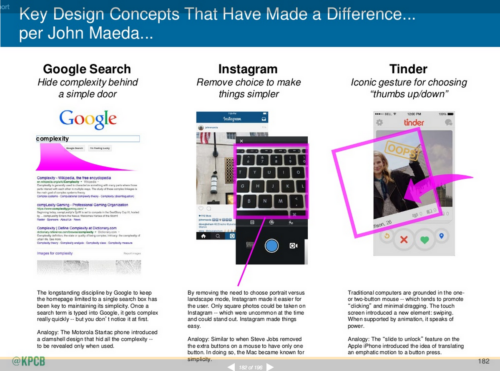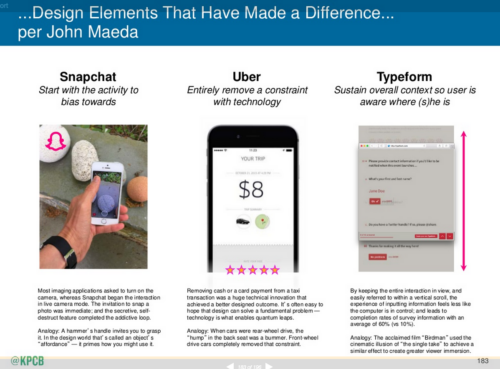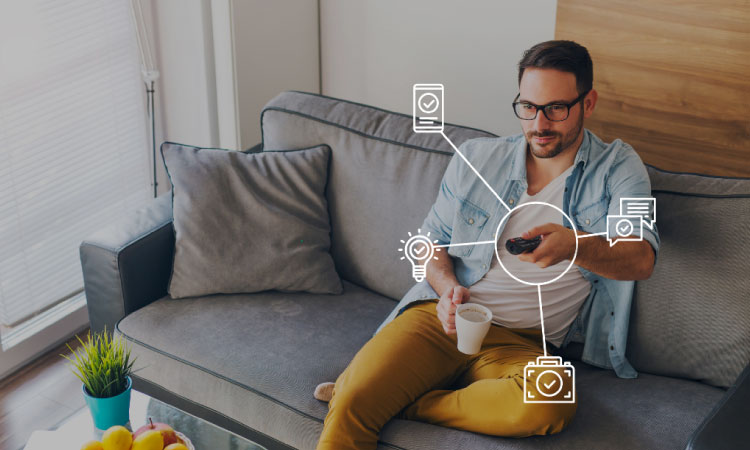More Thoughts About Training Influenced by Internet Trends Report 2015
I’m continuing to uncover insights from Mary Meeker’s Internet Trends Report 2015. I posted my initial thoughts this past Tuesday in a post. This is a followup to that post. I’ve had a few conversations via twitter, and other social media, regarding the future of training based on Mary’s data. Some of those conversations are reflected here.
Healthcare has Massive Training Needs
Healthcare is changing in many ways. These changes are opening up massive opportunities for learning solutions. Like just about everything else healthcare is shifting towards a consumer-driven economy. Anything shifting towards consumer ownership/responsibility will require instructional content. The internet of things is creating a market for many new personal products that collect and report on our health. Understanding these tools and how to interpret the data will require training. Healthcare insurance and the delivery of healthcare has become more complicated than ever with new laws and regulations. The entire healthcare system nationwide requires new knowledge and skills of one sort or another. If you want job security for the next 10 years get into healthcare training.
New Tech Means New Interface Design Opportunities

1) The simplicity of Google search: Hide complexity behind a simple door. Does your training content get right the point? Make sure your training is focused on only a few simple points. But give your learners access to content that allows them to go deeper if they want too.
2) Instagram: Remove choice to make things simpler. This is counter-intuitive to trends in eLearning development. For us, giving the user choices and the ability to control their own learning path has been the trend. So why would I think limiting learner choices is a good thing? I think of it in terms of design. Once you’ve defined exactly what needs to be learned your goal should be to make the experience getting to that content as frictionless as possible.

4) Snapchat: Start with the activity to bias towards. Well, now we’re talkin’ ’bout training…right? Aren’t we always talking about performance? Start with the performance to bias towards. Do that!
5) Uber: Entirely remove a constraint with technology. Maybe we’ve already done that. We used to need a classroom, a teacher, and a scheduled block of time. Yep. Check. Technology removed that constraint already.
6) Typeform: Sustain overall context so user is aware where s/he is. Context is slowly catching on in our domain. But this can mean different things to different people. It could mean making training/learning content available at the point of need. Or it could mean telling a good story that sets the context for what someone is about to learn. Or it could mean designing content imagery that keeps the user visually placed into appropriate context with the learning content inside that space.
If you are not into technology you may find this a frivolous activity. And maybe it is. But if you’ve found an insight within the report that impacts your work I’d love to hear about it. @bschlenker




